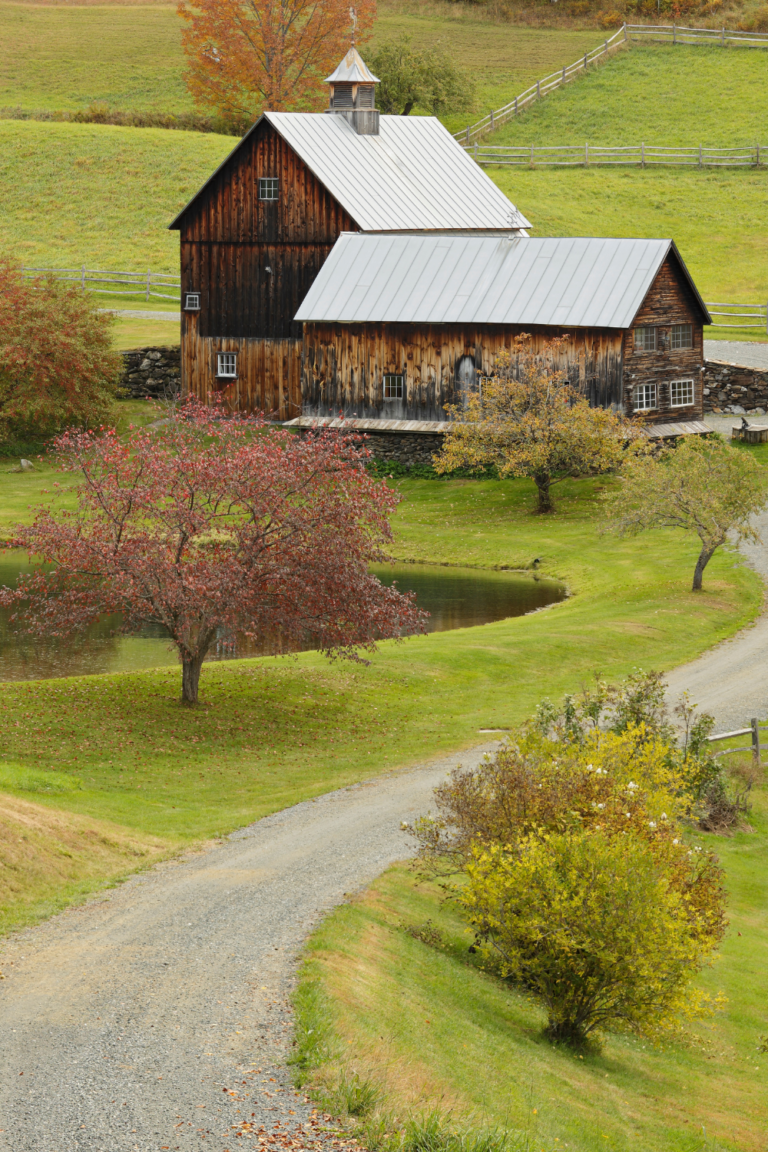Learning how to freeze-dry green beans is one of the easiest and most rewarding ways to preserve your harvest. Freeze-drying keeps their fresh-picked flavor, bright color, and nutrition intact — while making them shelf-stable for decades.
On my homestead, green beans are one of the first vegetables I run through the freeze dryer each summer. They’re simple to prep, take up little space once dried, and rehydrate beautifully in soups, casseroles, and stir-fries. They’re even a crispy, crunchy pantry snack straight from the jar.
I don’t put all my beans in the freeze dryer, though. Each summer I also freeze green beans so we have both options: shelf-stable jars for the long haul and freezer bags for quick weeknight suppers.
In this post, I’ll show you exactly how to freeze-dry green beans step by step, share my tips for prep and storage, and explain how to use them in everyday cooking. If you’re still researching equipment, don’t miss my home freeze dryer comparison, where I break down different models for homestead kitchens.
This post may contain affiliate links. See disclaimer for details.

Why You’ll Love Freeze-Dried Green Beans
- Shelf-stable: Stored properly, they last up to 25 years.
- Nutrient-rich: Freeze drying retains most of the vitamins and minerals.
- Space-saving: A big basket of beans shrinks into a couple of jars.
- Versatile: Add to soups, casseroles, stir-fries, or enjoy as a snack.
- Pantry staple: Jars of freeze-dried beans tuck neatly into your shelves and fit right into my pantry staples printable.
What You’ll Need
- Fresh green beans (from the garden or market)
- Cutting board + sharp knife
- Large pot + ice water bath (for blanching)
- Freeze dryer trays
- Home freeze dryer (I have a medium Blue Alpine Freeze Dryer)
- Glass jars, storage bags, or mylar bags with oxygen absorbers
- Permanent marker for labeling

Recipe Tips
- Blanch first: This helps beans keep their bright green color and flavor.
- Pre-freeze: To cut down on freeze dryer time.
- Cut evenly: Snap beans into uniform lengths so they dry consistently.
- Test dryness: Fully freeze-dried beans should snap when broken, not bend.
- Store properly: Use storage bags or glass jars for short-term storage, or Mylar bags with oxygen absorbers for long-term storage. Check out my free printable mylar bag storage chart to know exactly what size absorber to use.

Instructions
1: Wash & Trim: Rinse beans under cool water. Snap off stem ends and cut into 1–2 inch pieces, or leave whole if you prefer.
2: Blanch & Cool: Bring a pot of water to a boil. Add beans and blanch for 2–3 minutes. Drain immediately and transfer to ice water to stop cooking. Pat dry with a clean towel.
3: Pre-Freeze: Lay beans in a single layer on your freeze dryer trays and freeze until solid (several hours or overnight). I like to weigh out each tray, so I’m adding roughly the same amount per tray.
4: Run the Cycle: Load the freeze dryer, start the machine, and let it run its program. Green beans typically take 20-30 hours, depending on your load size and water content.
5: Test for Dryness: Remove a bean and break it in half. It should snap cleanly. If it feels leathery or cool inside, return it to the machine.
6: Store Immediately: Once fully dry, allow trays to cool in the machine for 20–30 minutes. Transfer beans to your storage containers of choice and label with date/contents.

Using Freeze-Dried Green Beans
- Soups & Stews: Toss beans directly into simmering liquid—no need to rehydrate first.
- Casseroles & Stir-Fries: Rehydrate in warm water for 10–15 minutes, then cook as usual.
- Side Dishes: Soak beans, then sauté with butter, garlic, or bacon.
- Snacks: Crunchy, freeze-dried beans are delicious right out of the jar.
And once you’ve got beans on your shelves, try expanding into freeze-dried eggs, freeze-dried milk, or freeze-dried cheese to round out your pantry. These staples pair perfectly with vegetables for meals that are completely shelf-stable.
FAQ

Homestead Kitchen Notes
Freeze-dried green beans have become one of my go-to pantry staples. They take up little space, last for years, and taste like summer again when stirred into a soup pot or casserole.
Still, I like to have variety in my storage. Alongside my jars of freeze-dried beans, I also keep a stash of frozen green beans in the freezer for quick weeknight meals. Between the jars and the freezer bags, I never feel overwhelmed by a big harvest—I just spread it out into different preserving methods.
If you want to make food storage even easier, don’t forget to grab my free Mylar bag food storage chart download and add freeze-dried beans right into your homestead pantry staples.
Similar Posts

How to Freeze Dry Green Beans
Equipment
- Cutting board + sharp knife
- Large pot + ice water bath (for blanching)
- Home freeze dryer
- Freeze dryer trays
- Glass jars, storage bags, or mylar bags with oxygen absorbers
- Permanent marker for labeling
Ingredients
- Fresh green beans
Instructions
- Wash & Trim: Rinse beans under cool water. Snap off stem ends and cut into 1–2 inch pieces, or leave whole if you prefer.
- Blanch & Cool: Bring a pot of water to a boil. Add beans and blanch for 2–3 minutes. Drain immediately and transfer to ice water to stop cooking. Pat dry with a clean towel.
- Pre-Freeze: Lay beans in a single layer on your freeze dryer trays and freeze until solid (several hours or overnight). I like to weigh out each tray, so I’m adding roughly the same amount per tray.
- Run the Cycle: Load the freeze dryer, start the machine, and let it run its program. Green beans typically take 20-30 hours, depending on your load size and water content.
- Test for Dryness: Remove a bean and break it in half. It should snap cleanly. If it feels leathery or cool inside, return it to the machine.
- Store Immediately: Once fully dry, allow trays to cool in the machine for 20–30 minutes. Transfer beans to your storage containers of choice and label with date/contents.
Notes
- Blanch first: This helps beans keep their bright green color and flavor.
- Pre-freeze: To cut down on freeze dryer time.
- Cut evenly: Snap beans into uniform lengths so they dry consistently.
- Test dryness: Fully freeze-dried beans should snap when broken, not bend.
- Store properly: Use storage bags or glass jars for short-term storage, or Mylar bags with oxygen absorbers for long-term storage. Check out my free printable mylar bag storage chart to know exactly what size absorber to use.






